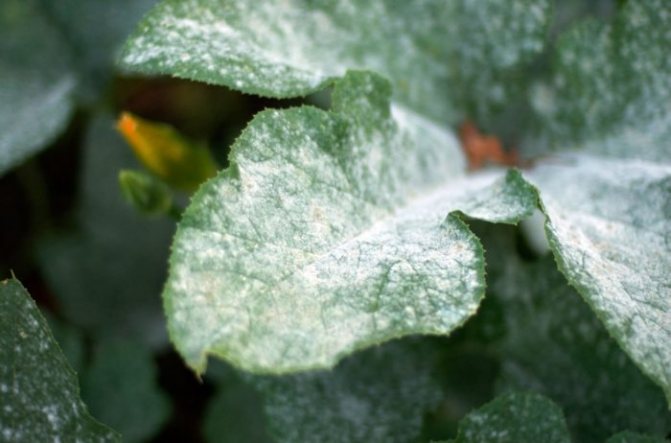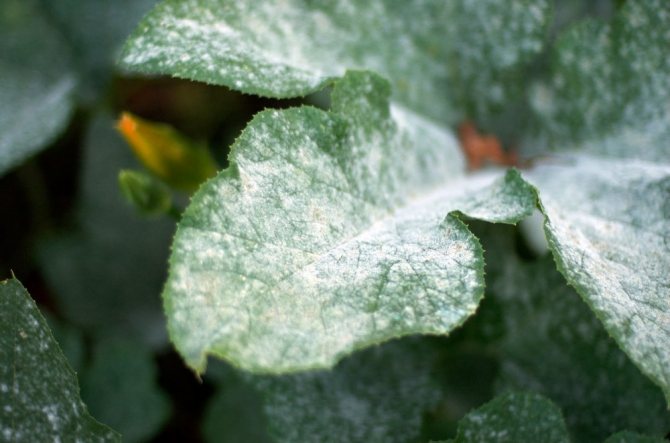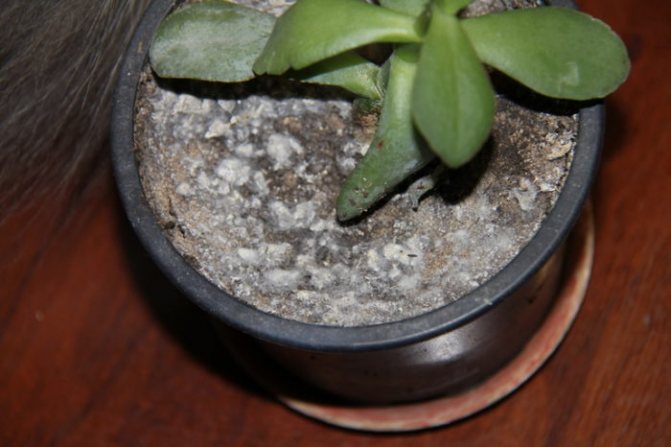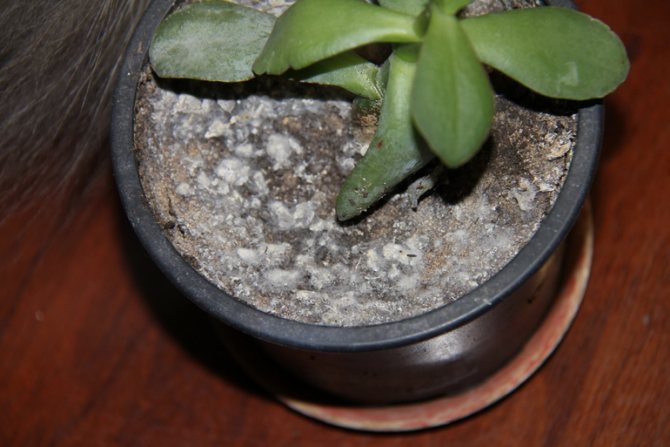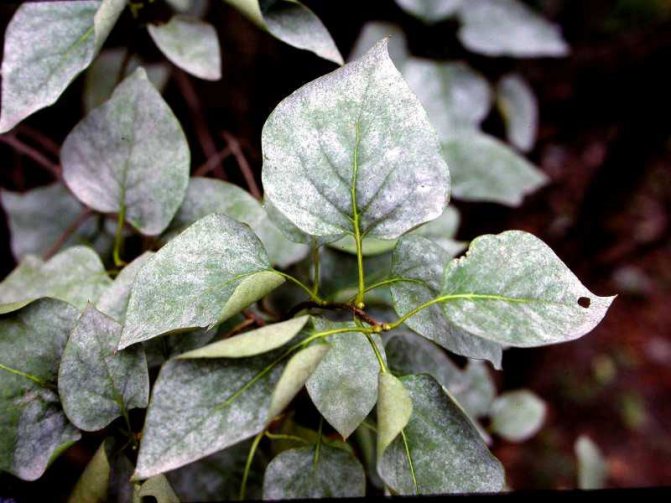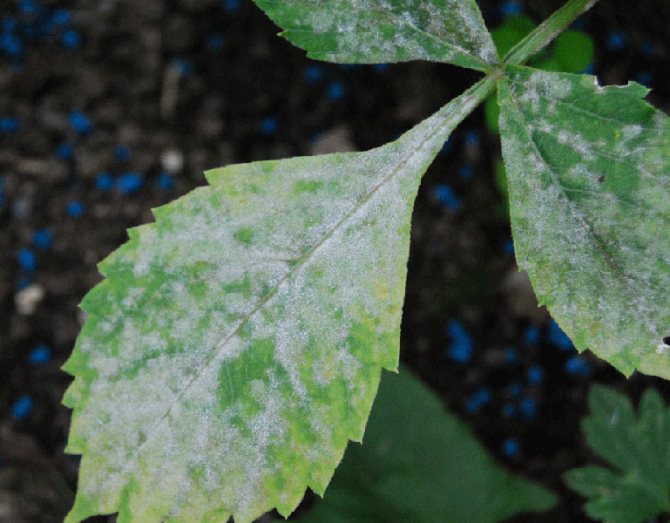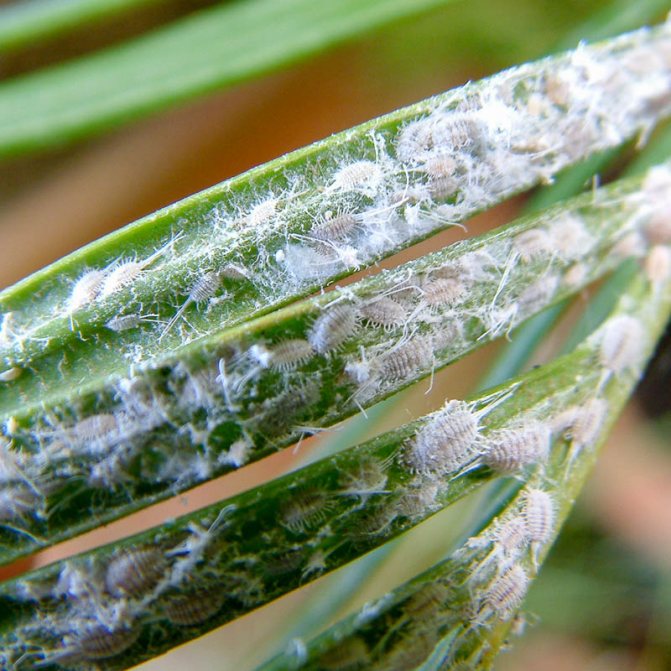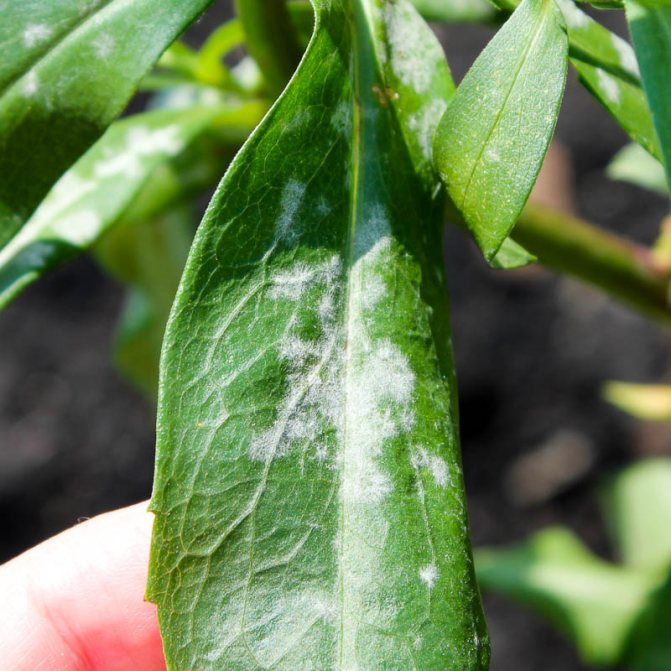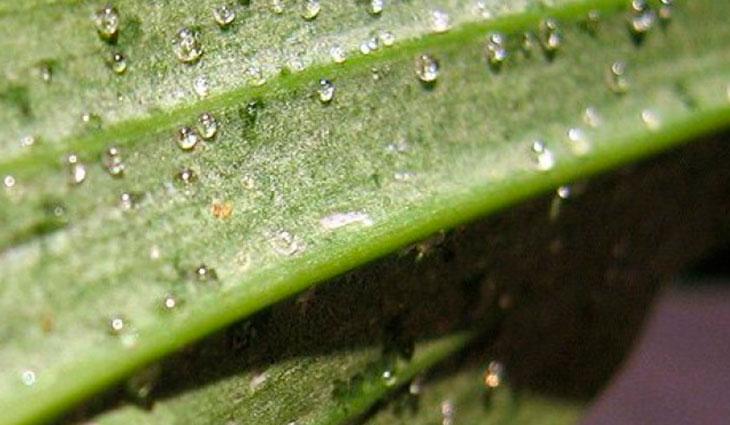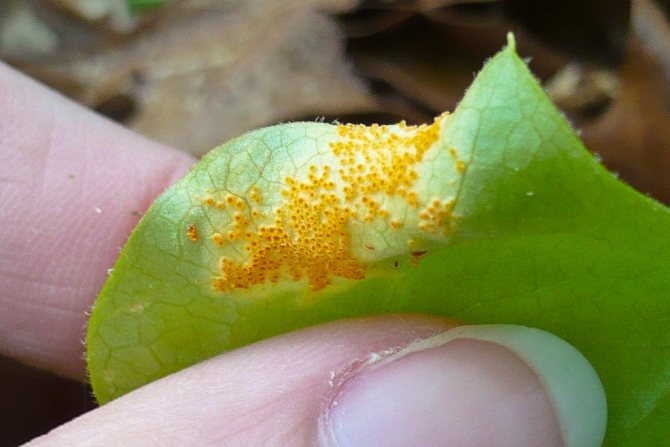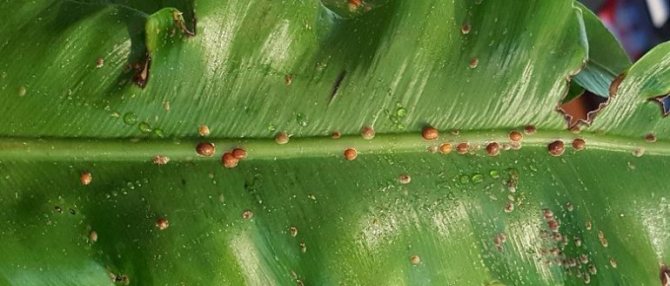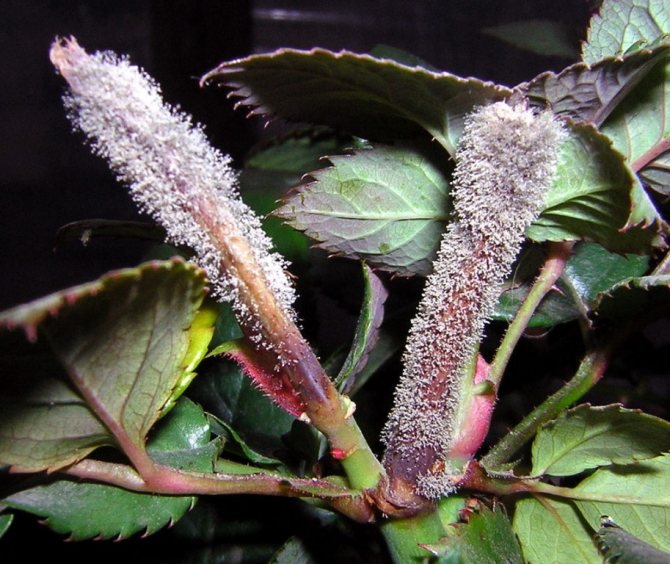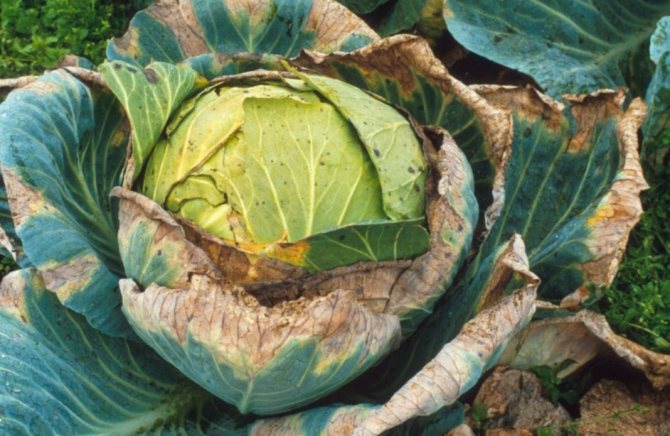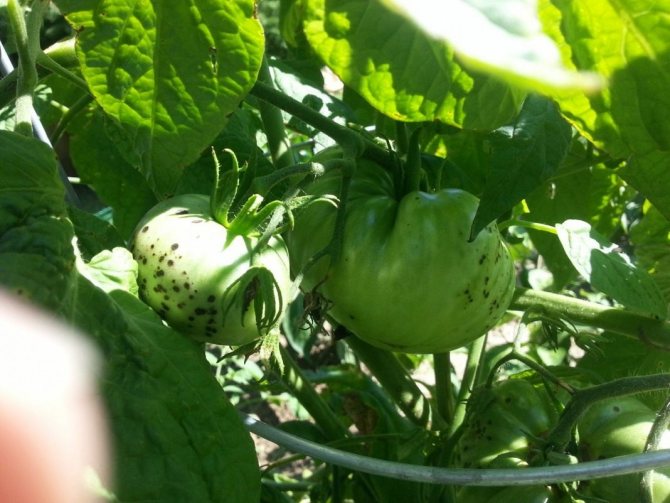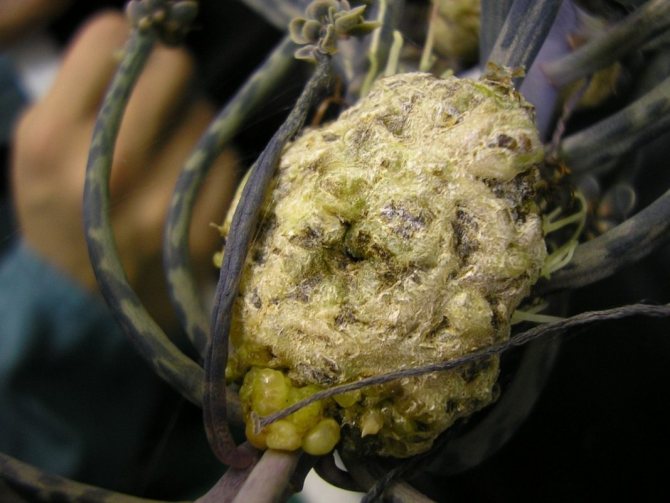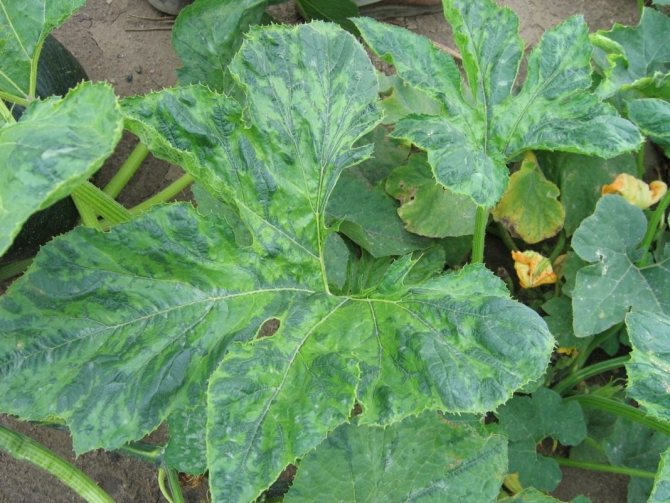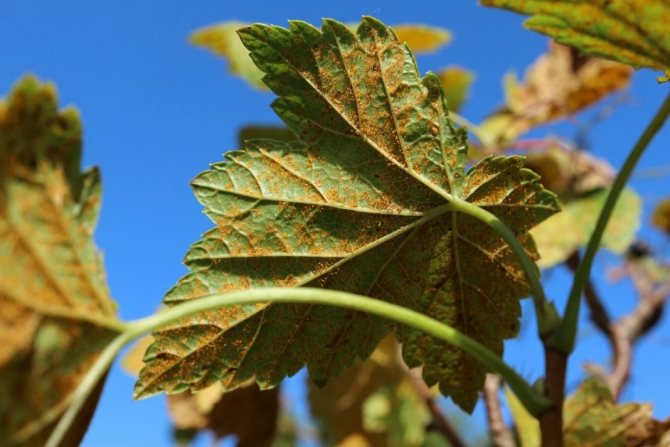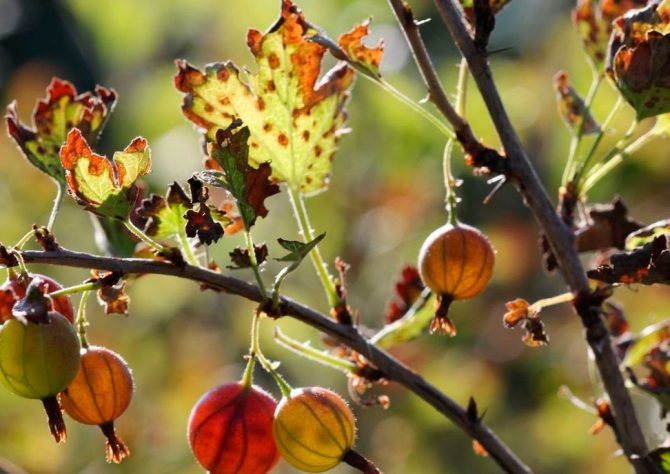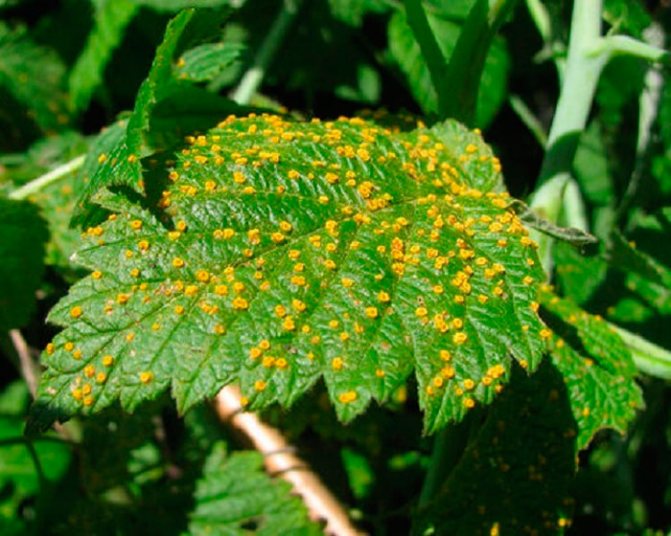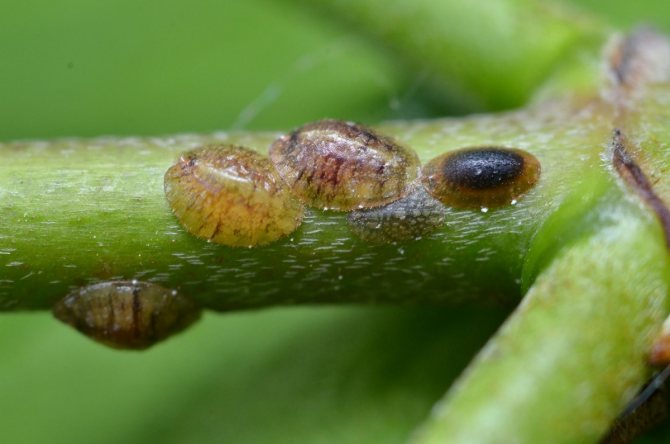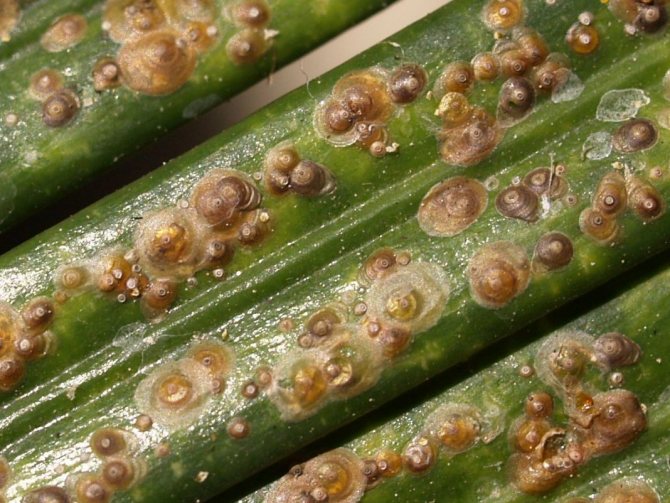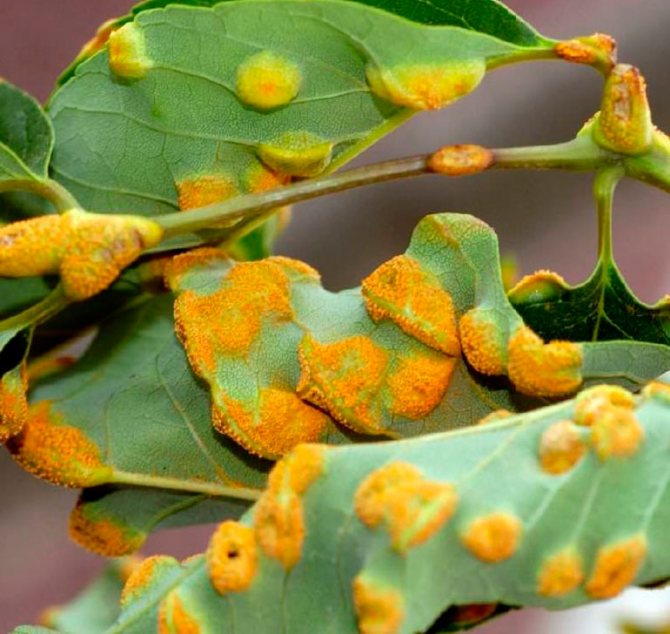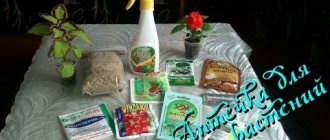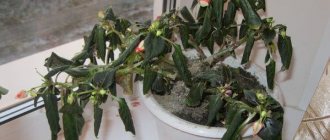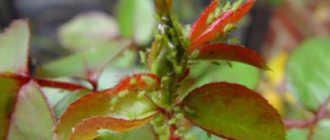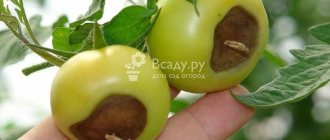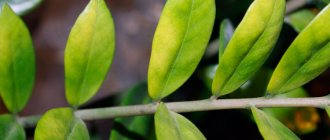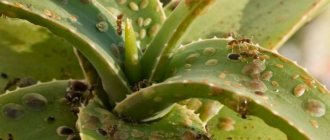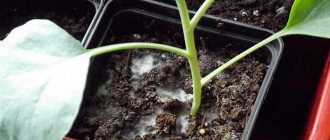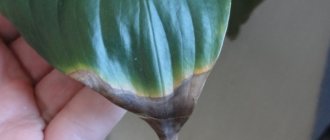A plant, but afraid of drafts ... very strange, - thought the little prince about the rose. What a difficult character this flower has.
Flowers, like people, live, grow, develop and delight us with lush flowering, if they are treated with love and provide them with proper lighting, watering and fertilizing. Otherwise, they begin to hurt and they are affected by fungal, bacterial, viral diseases, which not only reduce their decorative effect, but can also lead to the death of one or all of the plants in the house, if urgent measures are not taken! Diseases of indoor plants caused by fungi are treatable. Plants infected with viruses are destroyed along with the flowerpot so that the disease does not affect the rest of the flowers.
And if you value your plants, or have collected a large collection of varietal indoor flowers, then you need to check their health status regularly so that in case of a disease, they do not allow it to spread.
Causes of stickiness on home flowers
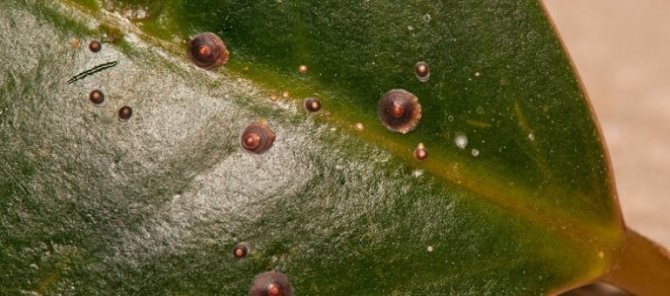
In 95% of cases, the sticky layer is a waste product that betrays the presence of pests. Organic secretions spread in a thick layer and in numerous spots. Abundant accumulations drip, flow down.
Who leaves the sticky layer:
• aphids, mealybugs - sweet secretions are combined with pinpoint punctures of leaf plates;
• scale insects - form warts, growths on the trunks;
• whiteflies - larvae leave sticky marks on the underside of the leaf;
• spider mites - give a white, viscous bloom.
Earthworms, wood lice, millipedes, earwigs and caterpillars
Earthworms are very useful in the garden and vegetable garden, but not in the flower pot, where the worms damage the roots when there is a lack of food. They are easy to catch if the ground is watered hard. So that water can no longer be absorbed into the soil. The worms will soon be on the surface. Woodlice and millipedes trapped in a flowerpot infect living roots. Nocturnal earwigs gather during the day in a damp cloth placed on the soil in a pot. This simple trap helps you get rid of them. Caterpillars can be brought into the house with a bouquet of wildflowers. It is possible to learn about the guests by the greatly disfigured leaves of indoor plants.
Scabbard is a dangerous insect
A small pest is covered with a shield, under which thousands of eggs live. Immobile females are tightly attached to the plant with their proboscis and suck out juices. Males or juveniles migrate, infecting the indoor greenhouse. Shield aphids leave honeydew - a sweet sticky secret.
At home, insects breed year-round, do not go to winter rest. Eggs appear continuously - 5-6 new generations are formed per year. Colonies quickly destroy indoor flowers.
Feature! Part of the mobile larvae (vagabonds) gets into the apartment with the wind.
The scale insect affects all types of plants, even those that are poisonous to other pests. Favorite species: citrus, palm, bromeliads. Females live equally well on orchids, lemons, ficuses, ivies, cacti, and fat women.
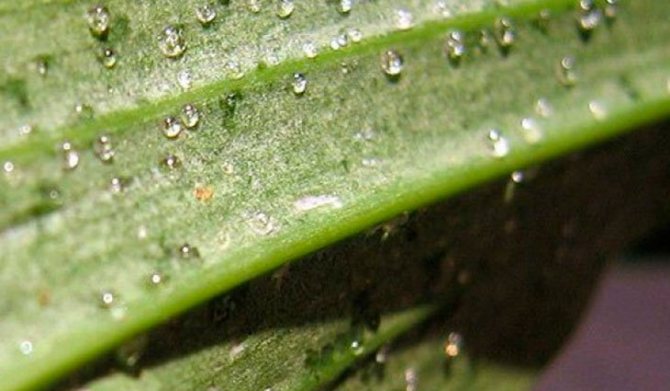

Mechanical cleaning
A colony of pests can be significantly reduced by removing them with tweezers from hard-to-reach places (for example, from the axils of leaves, cracks in the trunks), removing them with a small cloth or damp cotton wool dipped in water, vodka or a mild soap solution.
The advantages of the method:
- availability;
- simplicity;
- environmental friendliness (fight without poisons and chemicals);
- convenience - cleaning can be repeated many times at a convenient time.
The disadvantages are long-term execution of actions.The scale insects are very fertile, therefore, previously laid off clutches, which were not noticed during the first manipulation, will contribute to the emergence of new colonies for a long time.
Why does it appear after transplant
If the juice is released spontaneously, it is guttation. The phenomenon occurs after transplantation due to root trauma. The process is aggravated by a sharp change in temperature conditions, overfeeding with nitrogenous fertilizers. Other reasons include poor handling of contaminated pots, soil. A plant is sick if it is placed in the ground after a diseased flower.
Important! A common reason for the appearance of a pest is buying a plant with a scabbard at a flower shop. Check new instances for infection.
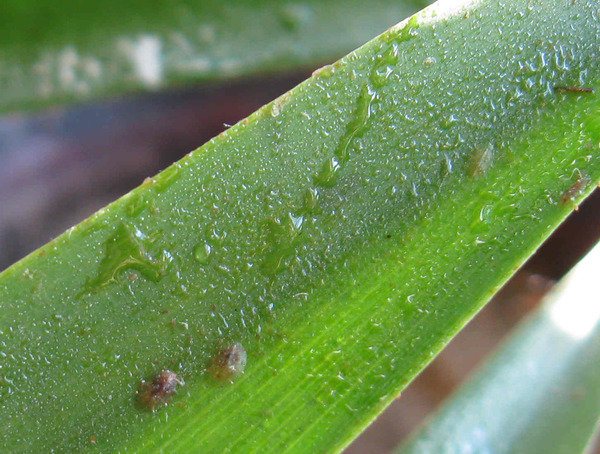

Why do flower plants grow moldy?
If the flower does not receive proper care and is taken care of carelessly, then the plant's immunity falls and it falls into a risk group.
Most home and garden greenhouses and steam rooms are the best place to grow fungus. Mushrooms love warmth and humidity, so they spread at high speed in such rooms. Mold affects all parts of flower plants - buds, stems, roots, fruits and leaves, and it is not always easy to predict the speed of mold development. In some cases, it is quite difficult to notice the disease, so it is advisable for everyone who works with flowers to understand the causes of mold in order to prevent this phenomenon before the point of no return.
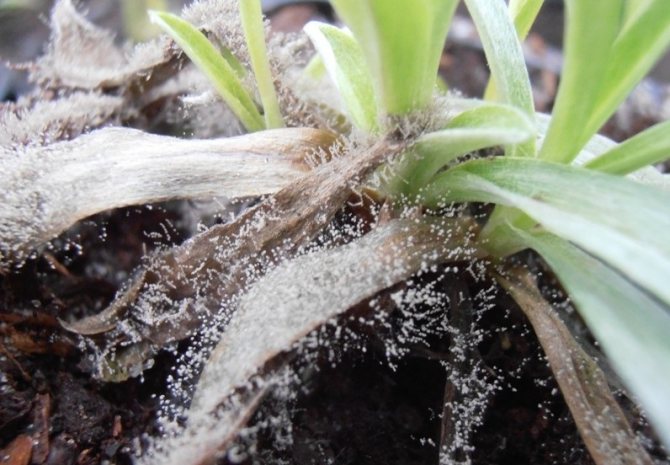

The main causes of mold:
- weakened flowers and lowered immunity;
- high air humidity;
- poor ventilation in the room or grow room;
- contaminated soil or seeds;
- dense sowing, contributing to the spread of the fungus;
- heat.
Sometimes even excessive watering can cause fungal colonies. To maintain the immunity of plants, it is very important to adhere to the rules of growing flowers. You need to regularly carefully examine the plants: mold on seedlings can arise at any time, and in the early stages it is extremely difficult to detect it, and it is already beginning to cause harm.
How to deal with the disease
Quarantine the plant, place it on the balcony or in a separate room. Examine the entire home greenhouse - every infected specimen needs isolation.
Pest control of sticky plaque
Rinse the flower with hot water - this will wash away the honeydew and some of the insects. While the pot is in the bathroom, process the windows, sills. Wash the curtains for severe infestation.
What's next:
• protect the ground with a plastic bag;
• take "green" soap (sold in flower shops);
• beat up dense foam, carefully wipe the green mass with a hard sponge;
• leave the soapy solution for 15 minutes;
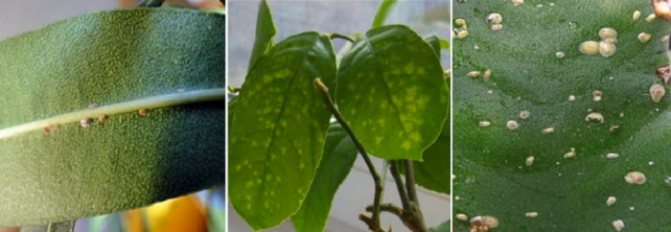

• rinse with a hot shower, dry in a warm place;
• Check the leaves periodically for sticky deposits.
What to do with brown scales
Scales are adult female scale insects. They look like small black-brown bump-shaped formations on the trunk. Often the pest is fixed where it is difficult to get it.
What to do:
• remove heavily infested, weakened leaves, shoots;
• carefully remove the visible specimens with a cotton swab, abundantly moistened with alcohol;
• prepare a solution (whisk 20 g of shavings of laundry soap in 1 liter of water), add 10 ml of alcohol;
• spread the composition over the flakes with a cotton pad or cloth. The bugs will suffocate and die in the abundant foam;
• consistently cover the leaves, paying attention to the back, areas along the veins;
• carry out 2-3 treatments with an interval of 7-10 days. After the course, the shield will disappear.
Destroy large populations with mineral or paraffin oil. Remove the top layer of soil, replacing it with fresh one. Then take a warm shower.
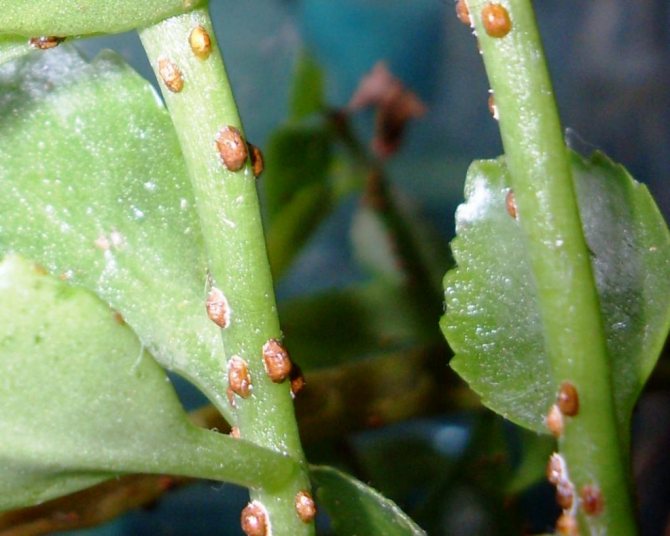

Thin-leaved, soft-leaved plants are sensitive to alcohol. If such a flower suffers, apply the solution with a brush, strictly along the insect colonies.
Important! Do not remove the bugs with your hands. Damage the shield - provoke the spread of the population. It will multiply exponentially.
Powdery mildew
Powdery mildew is a fungal disease caused by ectoparasitic microscopic fungi; it can develop not only on the leaves, but also on the fruits of some plants, as well as on the aerial parts of the shoots.
To identify the problem, you can do a little experiment - try rubbing the area that was affected by the disease. If this is really powdery mildew, small pellets appear on your fingers, they will consist of filaments of mycelium, and very small ones. Gardeners are advised to fight this fungus with preparations - fungicides, developed on a sulfur basis.


Popular method of combating plaque
It is also allowed to use folk methods, and recipes can be effective:
- A recipe from a solution of potassium permanganate. The recipe, which is based on a manganese solution, experts advise to use only when a disease appears, that is, at the very initial stages. As you might guess, the recipe is based on a simple mixture of potassium permanganate with pure water, and you only need 1.5 g of manganese per 10 liters of liquid. If the problem affects garden plants, then it is necessary to process them after rain. With indoor ones, do the same after watering and do not water them for a while;
- Recipe based on mullein infusion. This option can be applied at later stages of the development of the disease. The whole point is to mix the mullein infusion with the same clean water, and for one part of the infusion it is necessary to take 3 parts of the liquid, after mixing all this should be left for exactly three days. After the allotted time, it is required to strain the resulting mixture and add more pure water, and three times more than the total volume of infusion obtained. Treatment of plants according to this recipe should be carried out several times, and between each of these treatments should pass from one week to 10 days;
- Recipe based on copper sulfate. Pure warm water is mixed with whey in a ratio of 7: 3, and only then - with copper sulfate (a teaspoon per 10 liters of the resulting mixture). You can spray plants with such a remedy daily, and you will see the result after several treatments;
- Onion peel based recipe. An equally popular and effective recipe is a tincture prepared on the basis of onion peel. For 100 g of husk, you need 5 liters of clean water. You need to mix these components and bring to a boil, then remove the tincture from the stove and leave for one day.
Popular: Folk and chemical remedies in the fight against wireworm
Downy mildew may develop, but it differs significantly from the previously considered disease, because even the spots in this case have a yellowish tint, and they appear exclusively on the leaves. Plaque occurs only on the underside of the leaf, and it has a specific gray-purple hue. Downy mildew can be treated with copper-based products.
Mold
Another disease that can affect plant leaves is mold, and it is also caused by a fungus. The reason for the appearance of such a problem is the owners themselves, who allow constant excessive moisture in the soil. As you might guess, the problem may be based on constant rains, excessively high air humidity.
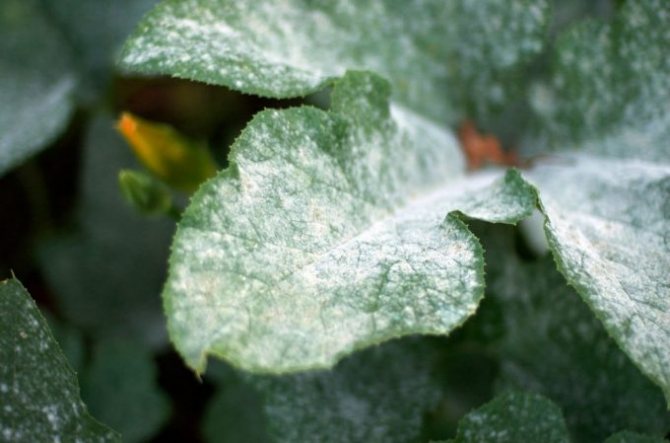

Let us mention right away that it is customary to call mold the fibrous formations that appear on the surface of the leaves and outwardly resemble ordinary dust.Mold develops much faster than the previously mentioned powdery mildew, so if you do not take any action immediately, it can spread to the entire plant and lead to its death.
The measures should consist in the most effective actions in this case - it is necessary to completely get rid of the leaves that were at least somehow susceptible to mold formation. The rest of the plant must be treated with antifungal agents. In this case, folk recipes will simply be ineffective, and delay in processing the leaves can lead to the complete death of the plant.
Gray rot
The disease, as its name implies, is accompanied by the appearance of a plaque with a gray tint. Gray rot is also fungal in nature, and the manifestations of the disease can be seen not only on the leaves, but also on the stems or even the petioles of plants. A feature of gray rot is a fluffy bloom, gradually acquiring a more gray tint and turning into rot.
With mold, it is important to act quickly, because gray mold completely destroys the plant extremely quickly. The disease is easily transmitted from plant to plant, for this reason, when its first signs appear, it should immediately be rearranged away from other flowers (if, of course, we are talking about indoor plants).
There is still no means that can overcome gray rot, for this reason, when it spreads at least half of the plant, it is destroyed.
Popular: Damage by gray mold (botrytis) of indoor plants
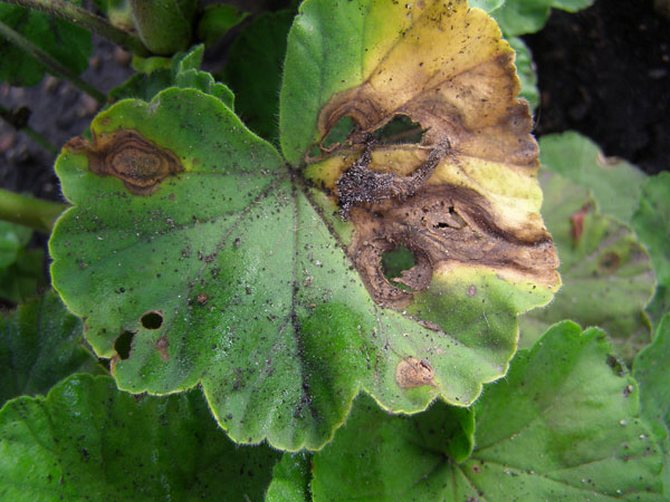

Fungal diseases do not appear just like that, they arise only when there are conditions for their development. Thus, we can conclude about the possibility of preventing problems. The most important prevention method is full and unquestioning observance of all plant care rules:
- Watering schedule;
- The amount of watering (if the plant is not indoor, then the role of precipitation should be taken into account);
- Ventilation of the premises on a regular basis;
- Maintaining a sufficient distance between plants;
- Other types of plaque.
Black plaque
It affects citrus or palm plants; in more rare cases, other crops can also be affected. In most situations, fungi settle on the surface of the leaf, and more often this occurs as a result of damage to the plant by harmful insects: aphids or worms.
The peculiarity of black plaque - a kind of leaf plate - will give the impression that it is sprinkled with black powder, and at later stages it will look like a black crust. The disease significantly complicates the process of photosynthesis and prevents the plant from developing.
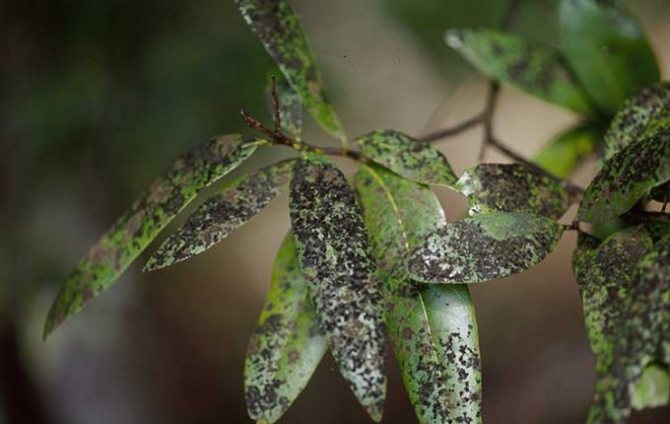

Rust
Another fungal disease that can affect plant leaves is rust. In all cases, it accompanies an orange-brown bloom that appears on the back of the leaf. The disease develops quite rapidly and after a short period of time the affected leaves dry out.
Rust appears on plants only under suitable conditions. The air temperature should exceed 20 degrees or be less than 10 degrees, the humidity should not be increased. For this reason, experienced gardeners often get rid of rust using elevated temperatures, which completely stops the spread of fungal disease. A large polyethylene film is purchased, with which it is necessary to cover the plant and place it in a warm place - near the battery. It is important to simultaneously treat the plant with fungicides instead of ordinary watering.
Any disease related to indoor plants can be overcome only by completely eliminating fungal pathogens.If you do not know what to do, seek help from experienced gardeners who will show you a suitable remedy or choose a folk recipe. Some diseases can quickly destroy the plant.
Popular: The main pests of cabbage and methods of dealing with them
Now read:
- How Chinese cabbage is grown outdoors
- Increased yield of potatoes using Dutch technology
- Planting to decorate the site with three types of conifers
- Effectively Get Rid of Whitefly Butterflies on Plants
About
Leading Researcher of the Laboratory of Vegetable and Berry Crops, Yakutsk Research Institute of Agriculture, Siberian Branch of the Russian Academy of Agricultural Sciences, Republic of Sakha (Yakutia).
Chemicals
In the final stage of the fight, spray with insecticides. They are most effective in May-July, when females are inactive and have not had time to build up protective shields. The best results are demonstrated by the entero-contact preparations Fitoverm, Aktara (KS, IOP). Use a solution for repeated watering of the soil, spraying.
Processing principles:
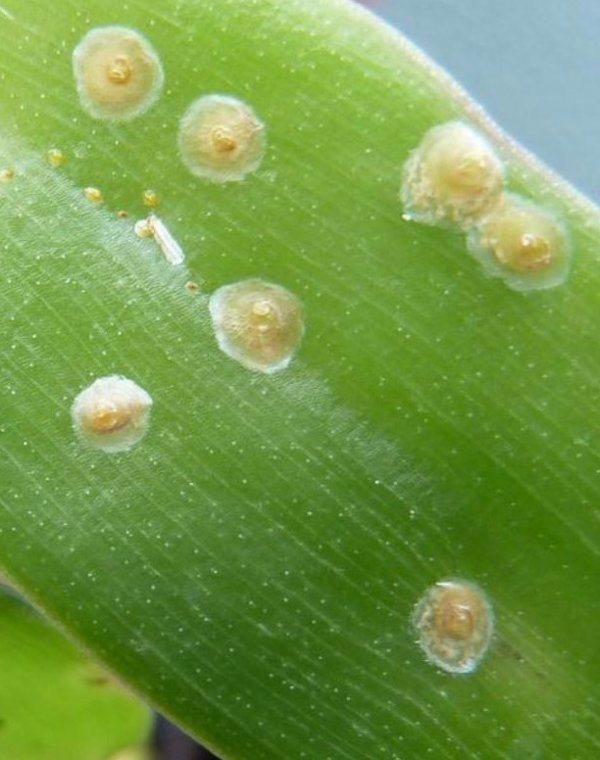

1. After wetting with insecticide, place the flower in a bag for 30-40 minutes.
2. Shower to remove chemicals and dead specimens.
3. Repeat spraying after 2 weeks. This will destroy the remaining beetles that escaped and escaped the first treatment.
4. Regularly check the aboveground part with a magnifying glass, like other indoor flowers. Pay attention to the trunks, sinuses, and lower parts of the plates.
We create the right care
To get rid of white bloom, it is necessary to provide comprehensive care for a sick plant. First you need to understand the cultivation technique:
- Water the plant only when the topsoil begins to dry out
- During the treatment of the plant, you can not spray it (except for medicinal purposes). This also applies to healthy plants in order to prevent
- The flower needs to increase the sunny day, it is advisable to transfer the flower to a dry and warm place, with little direct sunlight
- Withered and dry leaves and buds must be torn off
- With this disease, you can not use any fertilizers and dressings.
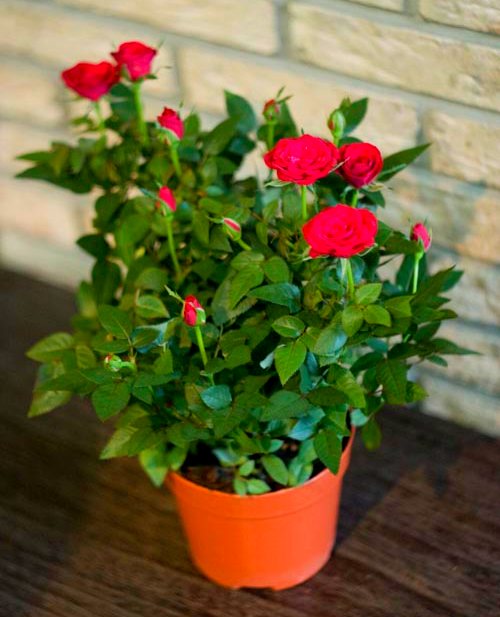

Hide the plant from direct sunlight
Provide the plant with proper care, otherwise powdery mildew will become your regular visitor. Now let's move on to treating the disease.
If the leaves turn sweet
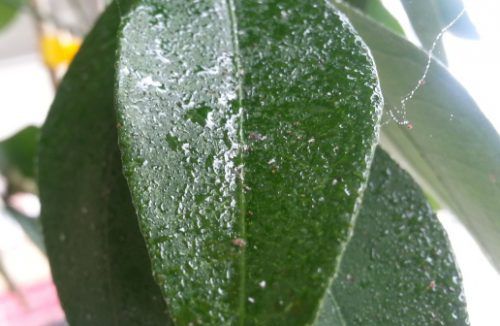

Do not confuse the appearance of the scabbard with such a phenomenon as gum flow. Hommosis often affects citrus plants, which develop a thick, sticky, amber liquid. Causes: damage, excess nitrogen, moisture, improper planting, fungi.
Sweetish liquid covers leaf petioles, leaves, buds, stems, fruits. Treatment involves adjusting the conditions of detention. If these factors are normal, there is a fungus on the plant, treat with fungicides.
Gray rot
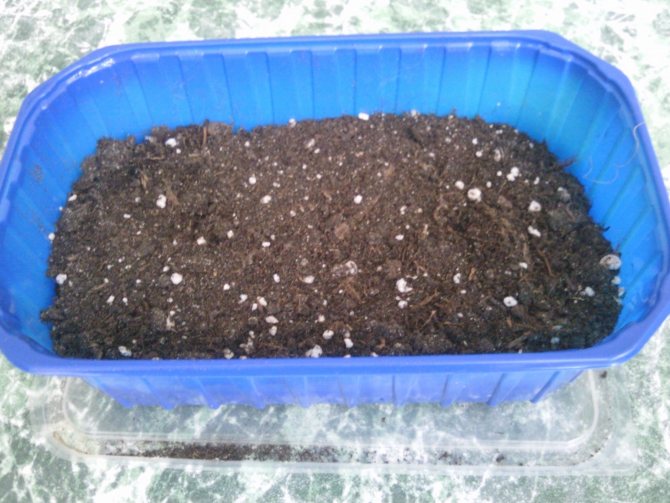

When this fungal disease appears on the leaves, stems and petioles, a fluffy coating of a gray tint appears, which eventually turns into rot. Gray rot can destroy a flower completely in a short time. It is very important to notice its first signs and immediately move the plant away from other specimens. If half of the plant or most of it is infected, then it will have to be destroyed, since there is no cure for this disease yet.
Fungal diseases appear where all conditions are created for them. It is very important to remember that when growing indoor plants, you must not violate the basic rules of care and maintenance. For example, you need to strictly observe the frequency and volume of watering, regularly ventilate the room. You cannot put flower pots with plants very close to each other, they need free air passage.
Additional recommendations
Novice growers often confuse rust with any red spots on the leaves of plants and begin to spray the flower garden with various fungicides. As a result, many plants die from an improperly applied product. Therefore, if there are suspicions that a plant is damaged by a fungus, you should either familiarize yourself with high-quality photos of the symptoms and manifestations of the disease, or invite a knowledgeable person to inspect the plants and diagnose.
Rust can also appear differently for different flowers and crops. On some flowers, it develops faster, on others it grows very slowly, over weeks and months. In any case, it is necessary to treat the plant, the most important points in this process are to ensure a constant flow of fresh air and remove the affected parts of the flower. Treatment with a disinfectant solution is recommended to be repeated 10-12 days after the first spraying.
We treat and prevent the disease
In most cases, the flower garden suffers from rust due to the fault of the owners themselves - this means that they do not properly care for their plants. In order to prevent the formation and spread of the fungus in the spring, all flowers should be treated with a 1% solution of the Bordeaux mixture.
What to do if a fungus still settled on the plant and its leaves began to rust? First of all, it is important to prevent infection of neighboring plants, even if the diseased flower can no longer be saved. Therefore, the sick flower must be immediately taken to the hotel room. The affected leaves all break off, even if there are only a few small specks of rust on them. Then they need to be burned away from the flower garden.
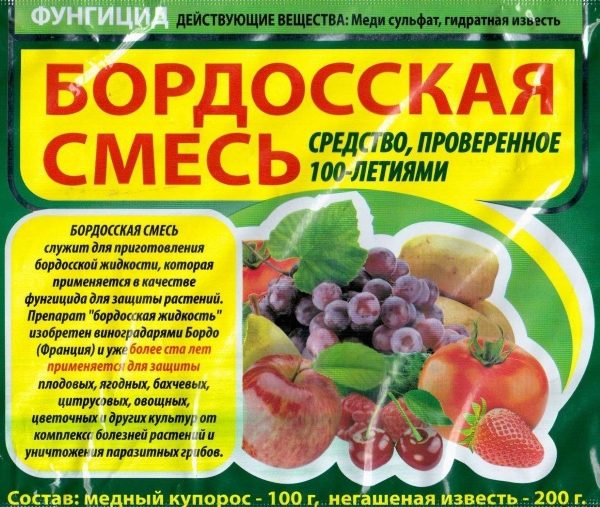

Bordeaux mixture is used to fight rust on indoor and garden plants.
Gommoz
Citrus fruits often get sick. The bark of the trunks is covered with brown-red spots of a longitudinal shape. With the development of the disease in places of damage, the bark dies off, and from under the cracks a sticky yellowish liquid begins to ooze - gum, which dries in air.
Sometimes the course of the disease occurs without fluid leakage. So, in places of damage, the bark becomes dry, but it does not flake off. As a result, deep cracks are formed with this disease of indoor plants. The photo illustrates what the disease looks like.
Under the influence of gommosis, the plant begins to change the color of the leaves of the foam from greenish to yellowish, and then lose them. Fruit formation is observed, but they are very small.
Preventive actions
First of all, it is necessary to exclude the possibility of pathogens entering the indoor flower garden. For this, new settlers are kept in quarantine, away from other plants, for at least two weeks. When transplanting, only disinfected soil is used. Proper care can help prevent illness.
It is necessary:
- Regularly inspect indoor flowers, identify pests, spots, growths, any signs of trouble.
- Remove dust and dirt from leaves.
- Do sanitary pruning.
- To create an optimal temperature and humidity regime for plants.
- Water the flowers in a timely manner, but without waterlogging. Apply fertilizers with a balanced composition.
Proper care will help prevent infection. Will increase the resistance of plant organisms to pathogens.
5 / 5 ( 1 vote)
Prevention is the best answer!
A heavily multiplied pest can greatly weaken or destroy the flower. Even small accumulations of parasites significantly impair the decorative properties of the plant. Fighting annoying aliens is tiring. What should be done in order not to darken communication with our silent friends with annoying troubles?
When purchasing a new pet, carefully inspect it so that it does not have the slightest sign of pests.After a new flower appears in the house, do not immediately put it next to other plants. Just in case, let him pass the "quarantine", being far from them. If everything went well, you can place it closer to the "old-timers", creating new interesting compositions. After the diseased plant has recovered, it must be transplanted. When replanting plants, use new flowerpots for them. If you want to transplant a flower into an old favorite pot, you must first boil it with soapy water.
Periodically carefully inspect home flowers, wipe their leaves, do not allow pests to settle on them. For some plants, it is allowed to have a warm shower from time to time.
The more attentively you treat flowers, the more magnificently the living decoration of your home will grow!
Lack / excess of nutrients
Deficit / Excess nitrogen (N)


Phosphorus deficiency / excess (P)


Potassium deficiency / excess (K)


Deficiency / Excess of Calcium (Ca)


Sulfur deficiency / excess (S)


Deficiency / Excess of Magnesium (Mg)


Boron deficiency / excess (B)


Deficit / Excess of Copper (Cu)


Zinc (Zn) deficiency / excess


Iron deficiency / excess (Fe)


Chlorine deficiency / excess (Cl)


Deficiency / Excess of Molybdenum (Mo)


Solving power problems
As a rule, a lack of nutrients occurs not because of their small amount, but as a result of an overabundance. This causes them to block. Lack of calcium contributes to it in many ways. This is especially true in hydroponic cultivation where soft water is used. To prevent this from happening, it is recommended to add additional portions of calcium in case of its deficiency.
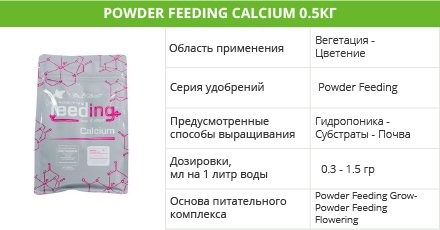

For these purposes, the supplement Powder Feeding Calcium is perfect. With its help, the risk of calcium deficiency can be reduced to zero. It must be used at all stages of the development of cultures. It helps to accelerate metabolism, which has a positive effect on the growth rate of flora representatives. Also, the additive helps to prevent drying out of certain parts of the plant. Other benefits include: accelerating root development, improving nutrient transport, and strengthening the cell membrane.


In cases where the plant really lacks nutrients, the Flora Series Fertilizer Kit will come to the rescue of the grower. It consists of 4 components, each of which is used at a certain stage in the development of flora representatives, giving them everything they need for healthy growth, lush flowering and abundant fruiting. Each of the components of the kit has a positive effect on the immune system of plants, helping them fight disease. The kit includes a unique additive Ripen, designed for the final stage of flowering. It helps the culture to cleanse the accumulated nitrates, which has a positive effect on the quality of the crop.
Prevention is the best answer!
A heavily multiplied pest can greatly weaken or destroy the flower. Even small accumulations of parasites significantly impair the decorative properties of the plant. Fighting annoying aliens is tiring. What should be done in order not to darken communication with our silent friends with annoying troubles?
When purchasing a new pet, carefully inspect it so that it does not have the slightest sign of pests. After a new flower appears in the house, do not immediately put it next to other plants. Just in case, let him pass the "quarantine", being far from them. If everything went well, you can place it closer to the "old-timers", creating new interesting compositions. After the diseased plant has recovered, it must be transplanted. When replanting plants, use new flowerpots for them. If you want to transplant a flower into an old favorite pot, you must first boil it with soapy water.
Periodically carefully inspect home flowers, wipe their leaves, do not allow pests to settle on them. For some plants, it is allowed to have a warm shower from time to time.
The more attentively you treat flowers, the more magnificently the living decoration of your home will grow!
Rust on apple and pear
Most often, rust affects apple and pear, but it can also be found on other fruit plants. You can notice rust if you carefully examine the top of the sheet. At the initial stage of the development of the disease, reddish-brown oval-shaped specks appear on it, which gradually increase. If you do not begin to fight the disease at this stage, then closer to the middle of summer, well-visible growths will appear on the underside of the affected leaves, which will grow in a star-like manner.
Watering
Improper watering can also trigger a number of diseases. Excess moisture leads to acidification of the substrate, as a result of which the normal vital activity of the plant is disrupted. As a result, breathing difficulties in the root system, leading to decay and poor absorption of substances. In this case, a healthy plant acquires an unusual color, the leaves become stained, and the stems at the base begin to rot. Look at the photo of the houseplant disease. How to deal with such a problem? Monitor the system of watering the flowers.


